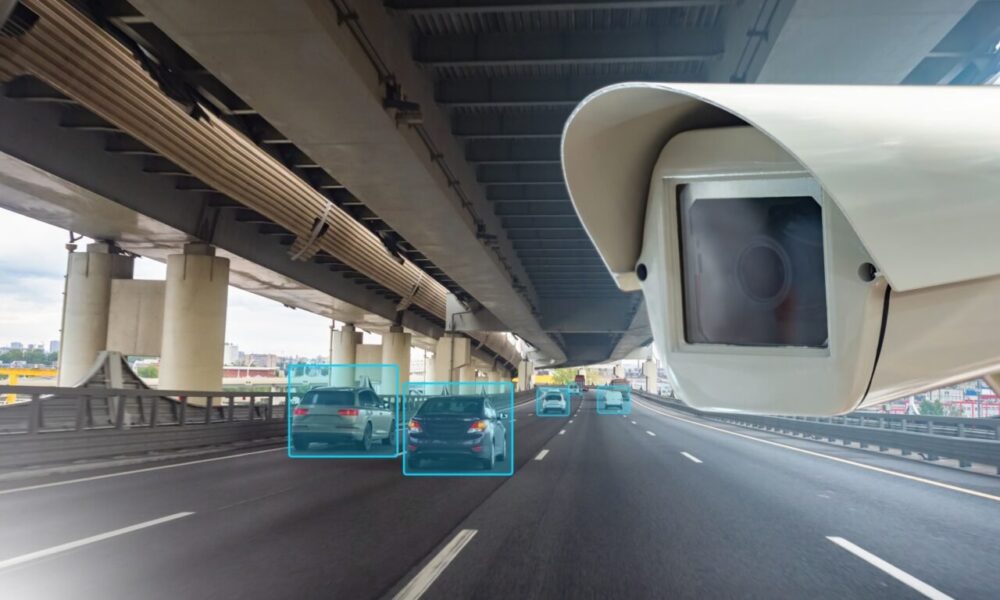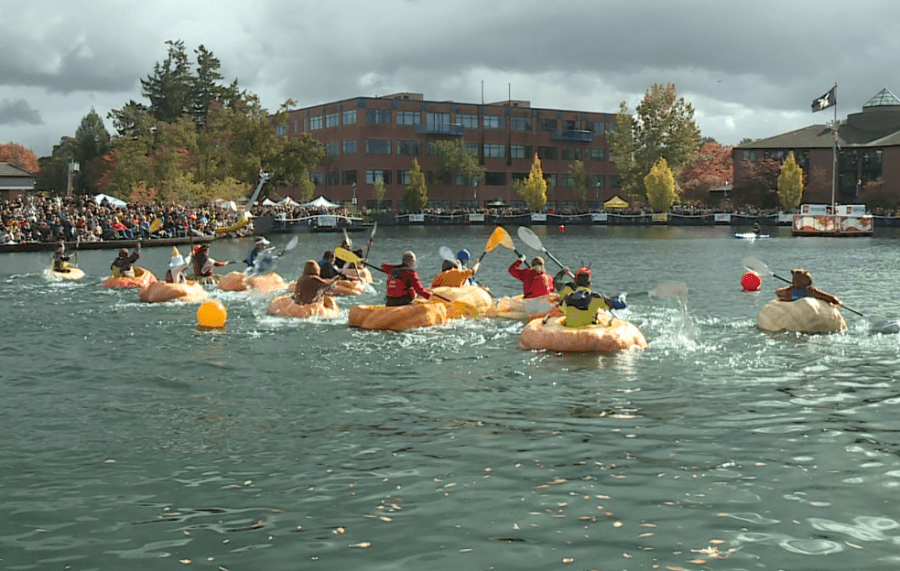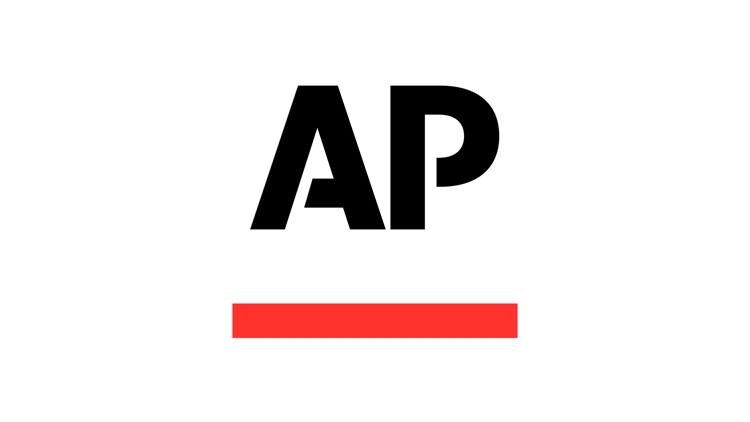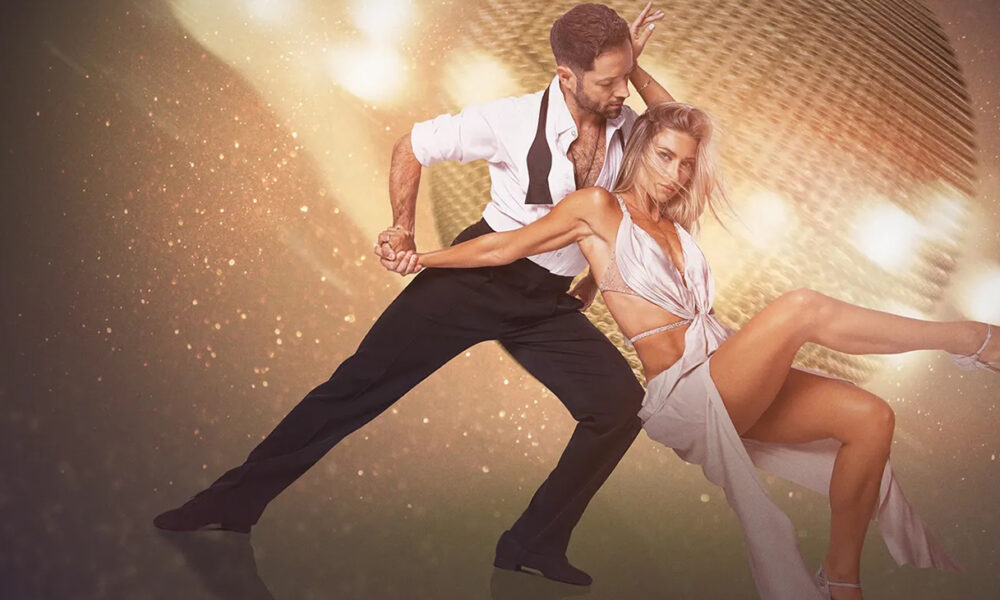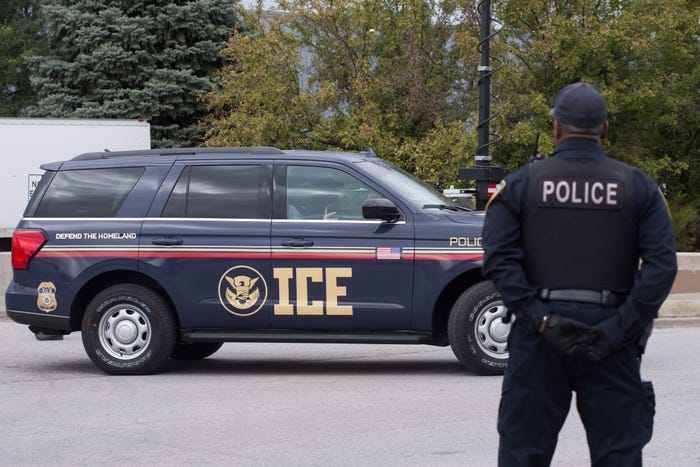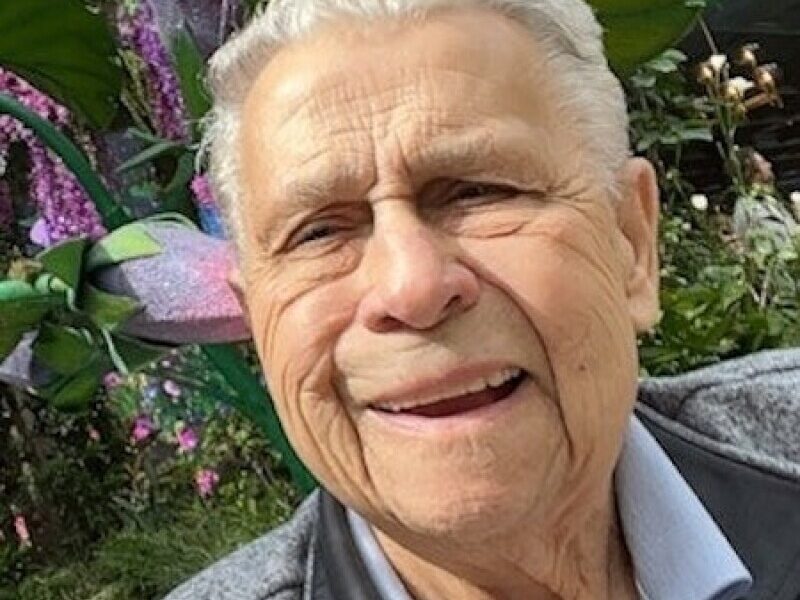UPDATE: Millions who participated in the recent “No Kings” protests face heightened surveillance risks, raising concerns about privacy and civil liberties. With an estimated 7 million attendees across major cities like Los Angeles and New York City, authorities are ramping up monitoring efforts, sparking fears of governmental overreach.
Recent developments reveal that law enforcement could easily track protesters through various surveillance methods. The NYPD reported “zero protest-related arrests” in New York City, but rhetoric from political figures like Speaker of the House Mike Johnson paints these demonstrators as extremists. Johnson labeled the protests as “hate America” rallies, while Secretary of Transportation Sean Duffy suggested they are funded by dark money and linked to antifa, fueling concerns over potential crackdowns.
Ryan Shapiro, executive director of the transparency nonprofit Property of the People, stated,
“The Trump regime would have us believe that somehow peaceful, pro-democracy protesters are terrorists for daring to defy the fascist takeover of this country.”
Shapiro’s remarks underscore the alarming narrative being constructed around dissent and protest movements.
Surveillance techniques could expose participants to significant risks. If attendees drove to the protests, law enforcement’s automated license plate reader systems (ALPRs) can track vehicle movements, capturing license plate data from both fixed cameras and police cruisers nearby. For those using public transit, paying with cash provides some anonymity, but digital payments linked to personal identification can leave a trace.
Smartphones pose another serious concern. Even if protesters placed their phones in airplane mode, location data can still be captured when reconnected online. The Electronic Frontier Foundation (EFF) warns that apps may store GPS coordinates, transmitting them once the device is back online. Moreover, law enforcement may utilize “stingrays” to track cell phone locations by mimicking legitimate cell towers, further compromising privacy.
In a digital age, social media amplifies the risks. Attendees posting photos online can inadvertently expose themselves to government scrutiny. The EFF advises participants to blur faces in protest images before sharing, as these visuals can be harvested by agencies like U.S. Immigration and Customs Enforcement (ICE) and the Department of Homeland Security (DHS). Tools like Image Scrubber can help strip identifying metadata from photos, yet many people may not be aware of the necessity to protect their identities.
Reports indicate that law enforcement agencies monitor social media to gather intelligence on protests. They frequently use facial recognition technology, such as Clearview AI, to identify individuals in protest photos. Notably, in states like Vermont and Illinois, this technology is banned, but it remains a powerful tool in many jurisdictions. Additionally, the data firm Palantir is reportedly collaborating with the Trump Administration to construct a comprehensive database that tracks American citizens, though Palantir denies these allegations.
As authorities ramp up surveillance in the wake of the “No Kings” protests, the implications for civil liberties are profound. What began as a demonstration for democratic values risks becoming a focal point for government scrutiny. Participants must remain vigilant about their privacy and consider the potential ramifications of their involvement in such movements.
NEXT STEPS: Protesters and civil rights advocates are urged to educate themselves on privacy measures and remain aware of their surroundings during demonstrations. As political tensions escalate, the intersection of surveillance and dissent will likely remain a critical issue in the months ahead. Expect ongoing developments as more individuals come forward with concerns about their surveillance experiences following the protests.
